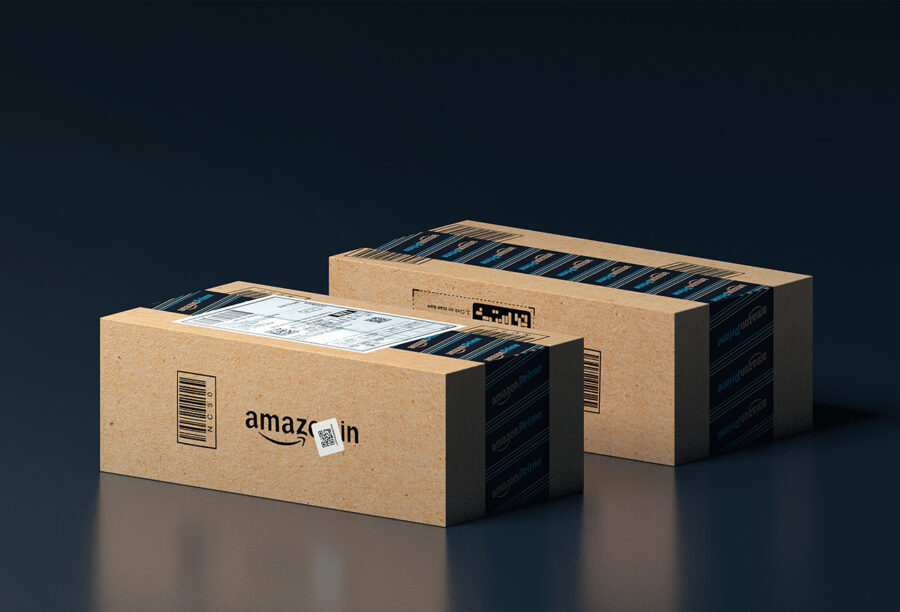Amazon’s incredible growth over the years has made it a textbook example of what it means for a business to scale, going from a scrappy startup in Jeff Bezos’ garage to a multinational corporation with more than 1.5 million employees.
The retailer recently announced it is hiring 250,000 full- and part-time workers for the holiday season. That’s 100,000 more workers than the company recruited last year and reflects a robust U.S. economy heading into the holidays, said Gad Allon, a Wharton professor of operations, information and decisions.
“What’s the main idea here? Amazon knows this is really the time,” he said during an interview with Wharton Business Daily on SiriusXM. “If the economy is great and humming with low unemployment, and if you don’t have enough people, you might lose the opportunity.” (Listen to the podcast.)
Allon uses Amazon as an example in his Wharton Executive Education class, “Scaling Business for Profitable Growth,” where he examines the strategy, marketing, finance, and leadership it takes for firms to transition from modest to mighty. With decades of year-over-year growth in net sales revenue, Amazon makes scaling seem easy. But a deeper look shows just how complicated the process is for firms big and small, Allon said.
Success depends on knowing how to read the tea leaves: Firms must accurately predict changes in the economy and consumer behavior, then invest accordingly. The COVID-19 pandemic offers an excellent example of the degree of difficulty, Allon said. Some firms were able to pivot with the unprecedented change, while others floundered. Still others over-invested in a change that turned out to be temporary. He mentioned fintech startup Stripe, which last November laid off 14% of its workforce because it over-hired during the pandemic-driven surge in e-commerce.
“Whenever you see an economic signal, you have to ask yourself, is this a new reality, good or bad? And does that mean we have to hire more people, or potentially slow down hiring, or even lay off people?” Allon said. “These are questions of scale of both people and infrastructure, and they are ongoing questions for most every firm that I know.”
“Whenever you see an economic signal, you have to ask yourself, is this a new reality, good or bad?”— Gad Allon
As Amazon’s Grows, So Does Inefficiency
Everything comes at a price, and scaling up is no exception. Allon pointed out that Amazon’s impressive growth has corresponded with increased inefficiencies, which the company is trying to resolve.
Initially, the retailer was highly centralized. But it decentralized in order to offer same-day and next-day delivery, requiring a significant increase in the number of workers and warehouse locations.
“There are now 90 metropolitan [areas] in the U.S. where you place an order and within 11 minutes it’s ready to be shipped,” Allon said. “Some of that is automation, but to a large extent this is very human labor-driven.”
He noted that a key indicator of efficiency is how much a company spends on shipping, and Amazon’s shipping expenses have been rising.
“Their demand increased, their scale increased, but also their inefficiency increased,” Allon said.
The professor noted that one of the big challenges for Amazon CEO Andrew Jassy is the company’s “extremely inefficient” picking and packaging process. “It’s done by people, but even worse if it’s done by robots. Even the most successful robot at Amazon, the Sparrow, can only address 65% of Amazon SKUs.”
For Amazon and other firms wanting to scale, technology will be a big component of their success. If robots remain expensive and unable to be integrated seamlessly into the process, firms are better off hiring more people to do the work. But with advances in generative AI and machine learning, Allon expects to see that change at some point in the future.
Overall, retail firms know that the holiday season is a make-or-break time, so scaling up in temporary workers is imperative. Consumers, in their scramble to buy gifts, have no compunction about abandoning one retailer for another that has the item in stock or can deliver it faster.
“These firms know that during the holiday season, there isn’t really an opportunity to make too many mistakes,” Allon said.



